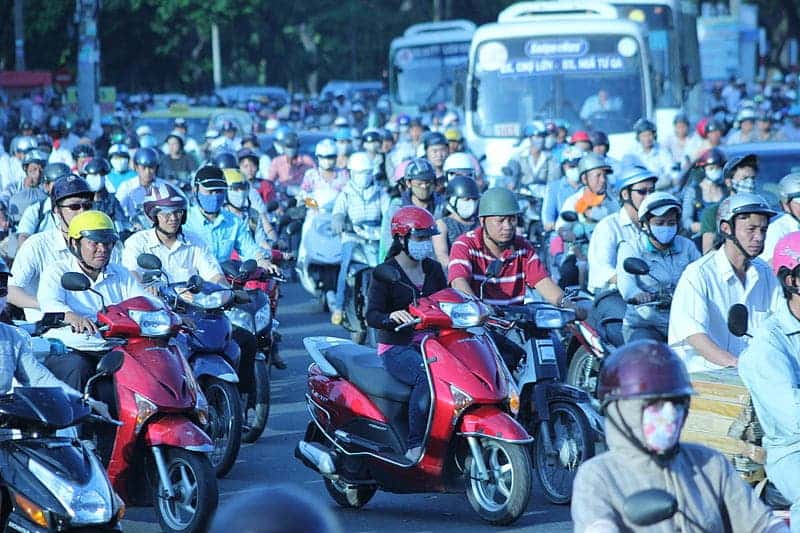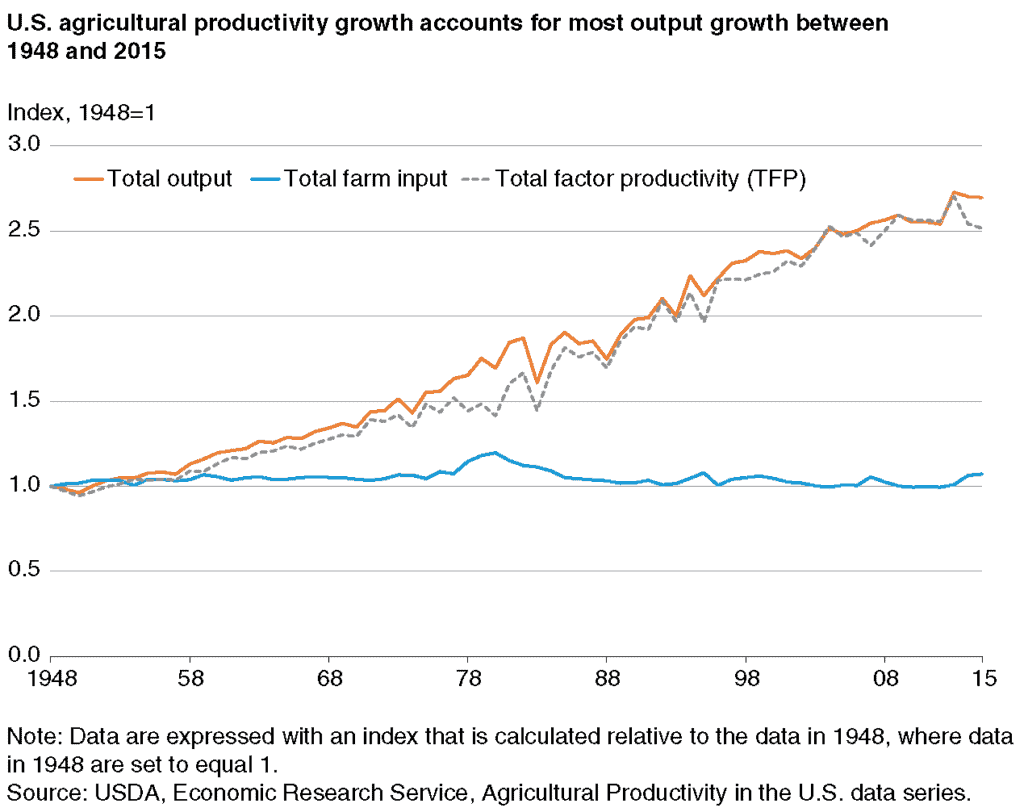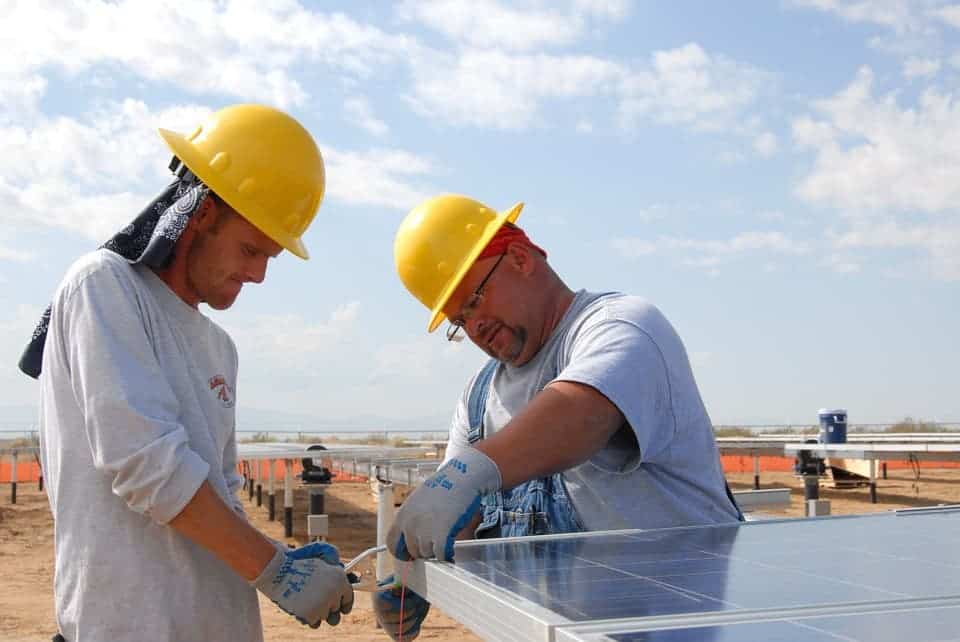
There are now more than eight billion people living on Earth, according to the UN. In only the last 11 years, the worldwide human population has swelled by another one billion.
For comparison, it took humans roughly 300,000 years since we first evolved to reach the first billion. It took only another 120 years to reach the two-billion mark before the Great Depression in the 1920s.
These dizzying figures may sound concerning. But is the anxiety around overpopulation warranted? What are the dangers of overpopulation?
As you will learn, there are many myths and misconceptions surrounding this thorny topic.
Human population has doubled in only five decades
The menacing specter of overpopulation is not new. In fact, people have been complaining about overpopulation for centuries.
In 1798, English scholar Thomas Malthus published a landmark paper called An Essay on the Principle of Population. Around the time the world’s population was nearing its first billion. Malthus wrote the famous phrase: “the power of population is indefinitely greater than the power in the earth to produce subsistence for man.”

Then came the Industrial Revolution and the population’s rate of growth went into overdrive.
With each added billion, Malthus was turning in his grave.
The basic point of the Malthusian argument is simple and intuitive enough: we have a finite planet, with finite land and resources. It follows that you can’t have infinite population growth.
But now that we’ve crossed the 8-billion mark, almost none of the gloomy predictions put forth by Malthus and his followers came true.
The pessimists claimed that as the population rises, so will starvation and death rates. Civil unrest would rise across the world culminating in never-ending wars over resources.
But in fact, if anything the opposite is true.
Why you shouldn’t cite Malthus in the 21st century
Instead here’s what happened:
- From 1990 to 2015, the global extreme-poverty rate fell by more than half. More than one billion people have escaped poverty. During that time, the population has grown by nearly 3 billion.
- Over the last two centuries, literacy has spread from a group of wealthy elite citizens to all fabrics of society. Today, eight out of 10 people can read. Less than five percent of Americans earned a bachelor’s degree in 1940. In 2015, this figure reached one-third. The number of deaths caused by natural disasters nowadays is only 25 percent of what it was 100 years ago.
- More than a century ago, child mortality rates were still exceeding 10% – even in high-income countries such as the US and the UK. But thanks to modern medicine, and better public safety in general, this number has been reduced to almost zero in rich countries.
The world’s population has been growing at a furious rate thanks to advances in technology, medicine, and manufacturing.
During Malthus’ days, over 90% of the U.S. population lived on farms where they produced their own food to eat. Malthus was stuck in this paradigm for food production, which serves to explain his concerns.
But today, only 2% of the population produces all the food we eat. Through the use of technology, each farmer is able to feed 155 people today. In contrast, in 1940, one farmer could feed only 19 people.
Total agricultural output tripled between 1948 and 2015, thanks to innovations in animal and crop genetics, chemicals, equipment, and farm organization. That’s even though the amount of labor and land used in farming declined by about 75% and 24%, respectively.

There’s no such thing as infinite population growth
While the rate of absolute growth (the actual number of added people) is similar to that seen in previous decades, the growth rate in percentiles is actually falling.
Every two years, the U.N. releases its World Population Prospects. The latest report was supposed to be released in 2021 but was delayed due to the pandemic.
The report finally came out in July 2022, projecting that the global population will peak in 2086 at 10.4 billion people. In its previous release, the U.N. projected that the world population would reach that many people in 2100 and would not yet have peaked.
There’s a good chance the population will actually peak much earlier than the current projection.
The U.N. drastically revised its forecast after it found that fertility rates will fall faster than expected in low-income countries.
In 1950, the average woman gave birth around 5 times, whereas in 2021 this global figure hovers at around 2.3 births per woman. This is mainly because of women’s improved access to education and contraception.
The average family size in industrialized societies is quite small nowadays. This correlates with increased opportunities for women outside of housework.
In fact, the average family size is below the replacement rate. Each set of two parents has fewer than the two children required to main the population size.
Today, fertility rates are below the replacement level in many regions, including Europe, North America, Australia, and some parts of Asia.
Elsewhere, the population keeps growing, explaining the still relatively high global growth rate. Africa has, by far, the fastest-growing population and is projected to house 38% of the world’s population by the end of the century.
By 2050, by U.N.’s estimates, only eight countries will be responsible for more than half of the world’s population. These are India, China, Pakistan, the Philippines, Nigeria, Tanzania, Ethiopia, the Democratic Republic of the Congo, and Egypt.
Overpopulation can be a big problem — but not because of the reasons you think
The problem isn’t that the population grows too large to feed or house. The challenge is providing a gold standard to each and every person in a sustainable manner.
An American’s carbon footprint is more than three times that of an Indian. We’d need five Earths, if everyone enjoyed the same standard of living as the average American, according to the NGO Global Footprint Network.
This would make climate change impossible to manage, but the situation isn’t actually hopeless.
Green and sustainable technologies have advanced immensely. Consider the fact that, in the last decade alone, solar energy has experienced an average annual growth rate of 33%.
There are now more than 3.5 million solar installations in the United States. They provide enough energy to power more than 18 million homes.

The notion we won’t be able to transition to 100% renewable energy by the time the world population peaks is overly pessimistic. That’s not to mention other advances in fields like fusion energy, AI, and genetic engineering.
Then there are the technologies that do not yet exist and are beyond our current imagination. These could prove as revolutionary as the internal combustion engine or the transistor.
Remember what the world looked like 60 years ago (there was no such thing as the internet, for instance). Look at how far we’ve come!
That’s not to say any of this will be easy. For one, it will be expensive. According to the World Energy Outlook 2021, we need $30.3 trillion of investment in clean energy and infrastructure by 2030.
The burden of cost will only get heavier as we grapple with the hidden cost of population growth: population aging. ‘
The share of old people in society will grow year by year. But the share of young people will follow the opposite trend because fertility rates are below the replacement level. As such, there will be a much greater demand for health and elder-care services, paid for by a shrinking tax base of working people.
But this too is a challenge that we can overcome.
We will have to redesign our cities to accommodate a standard of living that is comfortable for an aging population. As life expectancy increases, there should be a focus on increasing the number of quality-adjusted life years. People should not only live longer but longer in good health too.
The retirement age will likely extend, lessening the burden on the welfare and pension systems. Automation using robots and AI could also lead to tremendous boosts in productivity. This way, we can continue to raise GDP despite having fewer working people.
The fear of overpopulation is very overblown, as it’s always been for centuries. What’s different now is the elephant in the room: climate change.
We now have a problem with climate change not because there are too many people. We have climate change because a fraction of the population is using energy and resources unsustainably.
There’s a good chance we’ll enter a new age of prosperity comparable to that of the early 20th century. Now, all that remains is for us to rise to the challenge.


